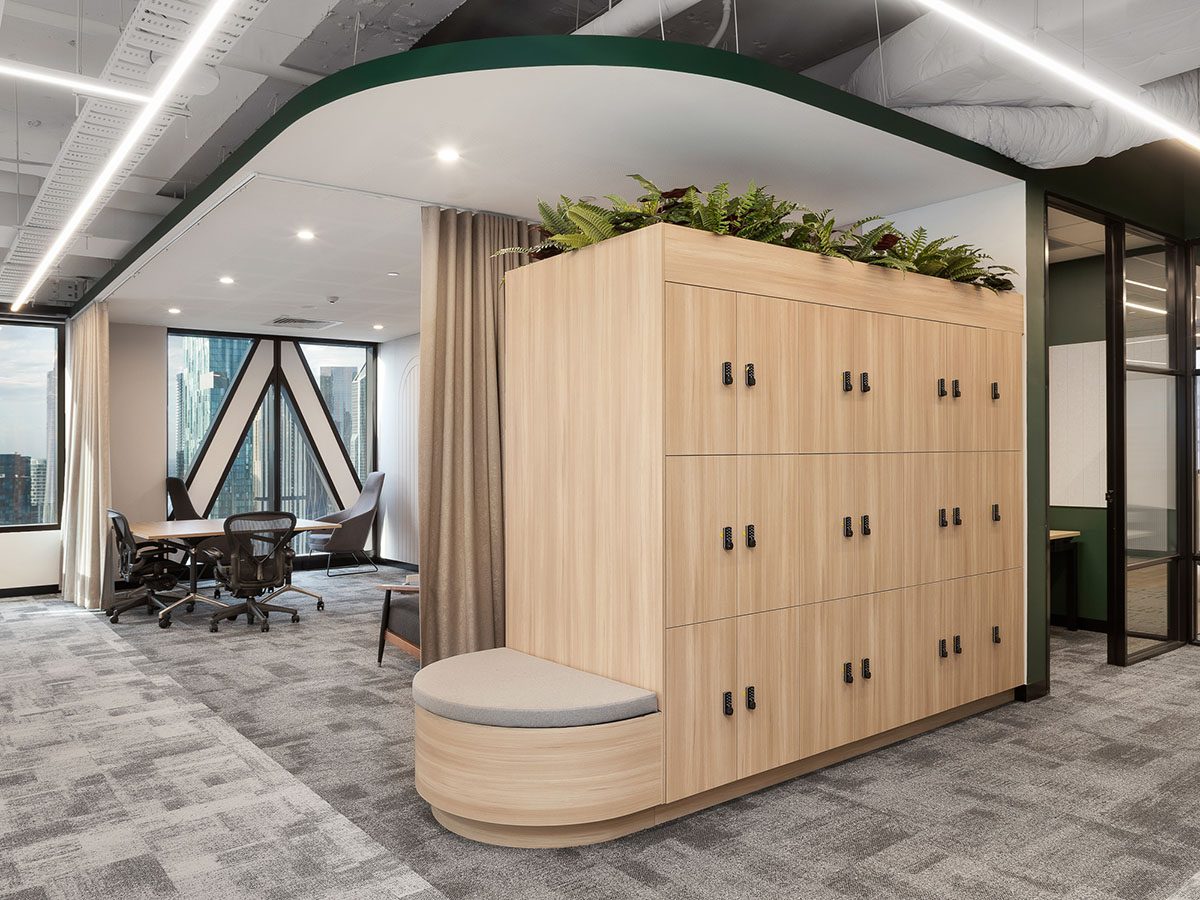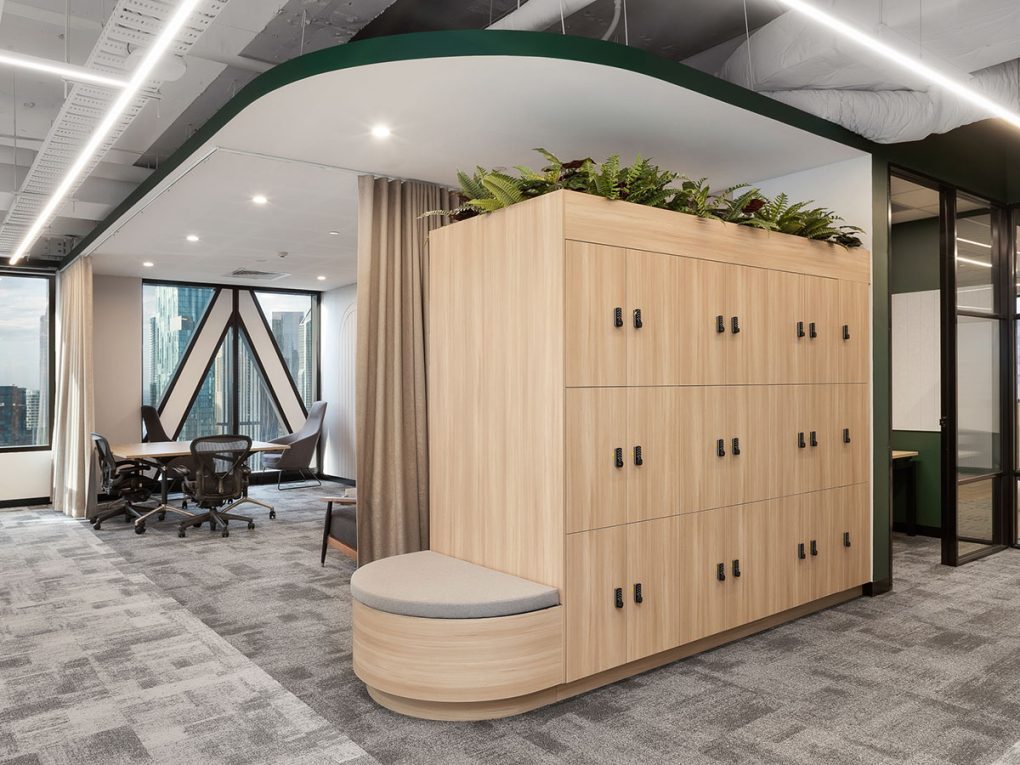Negotiating a commercial lease can feel high stakes. You’re not just debating dollars per square metre, you’re defining where your business grows, adapts, and thrives. A lease is more than a contract – it’s a strategic asset. With careful preparation and insight, you can secure terms that support your business now and save you time, money, and stress down the line.
Preparation: Research and Strategy Before You Negotiate
Market Research and Understanding Your Space Requirements
Entering negotiations blind is a common misstep. Start by benchmarking rental rates, understanding vacancy trends in your suburb, and reviewing comparables – ask agents for recent deals in similar-grade stock. Define your workspace needs: how many desks, collaboration zones, breakout areas. Importantly, map out future stages – are you planning to grow staff or scale back over 2–3 years? This strategic foresight shapes what to ask for when negotiating flexible space options.
Budget Considerations Beyond Rent
Lease negotiations often fixate on headline rent, but total occupancy cost matters more. Combine fit‑out budgets, moving and refurbishment costs, cleaning, service charges, rates, and fit‑out incentives into your financial model. A lower headline rent with unmanageable fit‑out obligations can end up costing far more. Request rent-free periods, capped service charges, and contributions to fit‑out or cleaning allowances. Balanced incentives can be more useful than wage reductions alone.
Essential Commercial Office Lease Negotiation Strategies
Rent, Rent Reviews, and Lease Incentives
Rent benchmarking gives you the power to negotiate below market where justified. Understand lease review mechanisms – whether they’re tied to CPI (Consumer Price Index), fixed annual increases, or market-based adjustments. Each method affects long-term cost differently. If possible, negotiate review clauses with measurable caps to limit unexpected rent hikes.
Ask for incentives such as rent-free periods, landlord-funded fit‑out, early access, or upfront rent rebates. Business-savvy tenants ask for value.
Flexibility and Break Clauses
Flexibility is negotiation gold. Including break clauses (say at year 3) gives an “out” if you need to downsize or relocate. Ask for expansion options or early access to adjacent floors. If subscribing to hybrid or agile working models, these clauses futureproof your tenancy without committing to excessive space prematurely.
Critical Clauses and Common Pitfalls
Assignment Rights, Make‑Good Clauses, and Permitted Use
Restrictive clauses can cost you options. Assignment rights should let you transfer the lease if your business sells or downsizes – without landlord veto. Check the permitted use clause carefully. If your operation changes (e.g. expanding into hospitality or design, or offering client events), these could breach use rights.
Make‑good clauses require careful planning to manage costs. Ask for landlord-approved contractors or capped obligations to avoid disputes at the end.
Fit‑out Rights and Modification Approvals
Securing fit‑out consent is essential – only then can you shape the workspace to your strategy. Ask for approval rights in your lease, landlord-funded base build contributions (floorcovering, lighting, ceilings), and clearly define exit obligations: what needs to be removed, what stays. This avoids expensive demobilisation later.
Common Negotiation Mistakes to Avoid
Focusing Only on Rent vs Total Occupancy Costs
It’s tempting to seal the lowest rent deal, but ignoring total costs – like fit‑out, ongoing service charges, inefficiencies – can be a false economy.
Example: a cheaper CBD tenancy with high fit‑out and cleaning charges ended up costing a tenant 25% more over 5 years compared to a peripheral office with modest incentives.
Not Planning for Business Growth or Change
Locking into a long commercial office lease without scalability can choke your future. A fast‑growing business tied into a small suite may have to double up on rent – or move again too soon. Always ensure expansion rights, exit options, and flexible notice periods align with strategic growth or agile-working trajectories.
Accepting Standard Terms Without Question
Standard leases are drafts – they’re negotiable. We’ve seen terms like “landlord consent required” used as veto levers. Smart tenants go line by line: “mutually agreed consent” or fixed response periods limit abuse. Negotiate early, before drafting starts, to shape terms proactively.
When to Seek Professional Help
The ROI of Commercial Property Expertise
Your core expertise is growing your business, not dissecting lease legalese. Bringing in lease advisors or specialist brokers early pays dividends. They understand market conventions, clause nuances, and negotiation tactics.
Case highlight: one client unlocked an extra 12-month rent‑free incentive and capped outgoings – valued at over $150,000 – through expert representation.
From Lease Terms to Workspace Implementation
A great commercial office lease should dovetail with the workspace experience. The real payoff? Turnkey alignment from lease sign‑off to interior delivery. At Contour Interiors, we help guide fit‑out scope, design, approvals, rollout, and post-occupancy, ensuring your workspace strategy flows from your lease terms – saving time and reducing transition risks.
Conclusion: Your Lease as a Strategic Business Tool
Key Takeaways for Successful Lease Negotiations
- Preparation wins – know market rates, workspace needs, and future growth projections.
- Negotiate the full deal – rent, incentives, reviews, flexibility, and fit‑out terms matter equally.
- Mind the clauses – assignment, make‑good, permitted use, and break rights need clarity.
- See the big picture – total cost, agility, and space utility outweigh superficial savings.
- Get expert advice – property strategists and workplace specialists maximise outcomes.
Next Steps: From Negotiation to Implementation
Once your commercial office lease is locked in, the next challenge is transforming space into a workplace aligned with your culture, performance goals, and brand identity. That’s where Contour Interiors excels. Through our integrated property advisory and fit‑out services, we help businesses turn lease advantage into high-impact workplaces.
Let’s turn your next lease into a strategic advantage. Contact Contour Interiors for tailored lease negotiation support and seamless workplace delivery.






